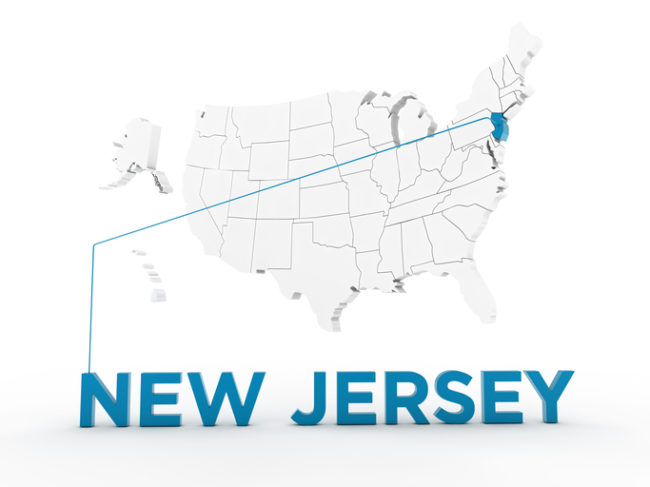A few weeks ago, we reported on New Jersey’s adoption of the lowest Maximum Contaminant Limits (14 parts per trillion) for PFOAs (perfluorooctanoic acid) in the nation. And now we come to you with the latest development in the realm of perfluoroalkyl and polyfluoroalkyl substances (PFASs). This past week, New Jersey scientists urged the state to impose a strict limit of 13 ppt for perfluorooctane sulfonate (PFOS) as the level at which human health would be protected over a lifetime of exposure. Support for the recommended MCL can be found in the NJ Drinking Water Quality Institute’s (DWQI) 1112 page report, which also argues the negative impacts that PFOS may have on immune systems, reproductive issues, some cancers, and vaccinations. If adopted, New Jersey would again be the leader in setting the most demanding standard for another PFAS substance.
Although production of PFOS still occurs in some Asian countries, it was phased out in the United States by 2002. The uses of PFOS stem from its surfactant properties and from its ability to repel both water and fats/oils: it was often used as a repellant in clothing, carpets, and bedding materials, as well as in metal plating, firefighting foams, photograph development, aviation fluids, and food containers. Because of the extreme stability of its carbon-flourine bonds, PFOS are extremely resistant to degradation in the environment and thus persist indefinitely. PFOS also migrate readily from soil to ground water and are highly water-soluble (unlike other well-known persistent and bio-accumulative organic pollutants like PCBs). The concern remains that PFOS contaminates surface water and groundwater used for drinking sources. Indeed, from 2006 to 2016, PFOS was detected in about 42 percent of the public water supplies sampled in New Jersey.
The proposed MCL for PFOS has both supporters and detractors. Tracy Carluccio of the environmental group Delaware Riverkeeper Network urged an immediate adoption of the standard: “We urge a speedy process so that people who are now drinking water that is contaminated with dangerous levels of PFOS can be supplied with safe water.”
On the contrary, an executive from the Atlantic City Municipal Utilities Authority and from the Chemistry Council of New Jersey voiced skepticism: “This is an incredibly small amount of chemical,” also adding, “You’re looking for a needle in I don’t know how many million haystacks.” The Atlantic City utility company’s quality report from 2017 showed PFOS levels had dropped from 45 ppt to 28 ppt — but still exceeding the recommended 13 ppt. Clifford Weisel, a professor of public health at Rutgers, said that the work to date had not made any attempt to calculate the relationship between drinking water exposure and blood lead levels: “I don’t think anyone can make claims either way … You need to know more than just the water (contamination level).”
NJ DEP could not predict how long it would take for the PFOS proposal to become a regulation. The public will have as much as 60 days to comment on the DWQI study, and then DWQI will make a final recommendation to the NJ DEP, who will then initiate the rulemaking process. We’ll keep you posted.

